What is the Italian Renaissance?
A Short Introduction
As with many artistic movements and eras, many of them are born out of hardship and war. This was definitely true for the Italian Renaissance which began with an economic collapse, a little ice age and thus, repeated famines. The Hundred Years’ War came in between and thus, shook the lands of North-West Europe and King Edward III of England contributed to the full-scale collapse of the two largest Florentine Banks of the time: the Bardi and the Peruzzi - this would soon open the playing field for one of the most famous Italian families in history to come and create their own bank: The Medici. Trade routes turned upside-down and Black Death on the rampage, Florence’s population decreased by almost 50% over the next fifty years. In his text Decameron, Giovanni Boccaccio details the life of an Italian during the plague times:
“And the plague gathered strength as it was transmitted from the sick to the healthy through normal intercourse, just as fire catches on to any dry or greasy object placed too close to it. Nor did it stop there: not only did the healthy incur the disease and with it the prevailing mortality by talking to or keeping company with the sick--they had only to touch the clothing or anything else that had come into contact with or been used by the sick and the plague evidently was passed to the one who handled those things.” (Boccaccio, G. Nichols, J.G. 2009)
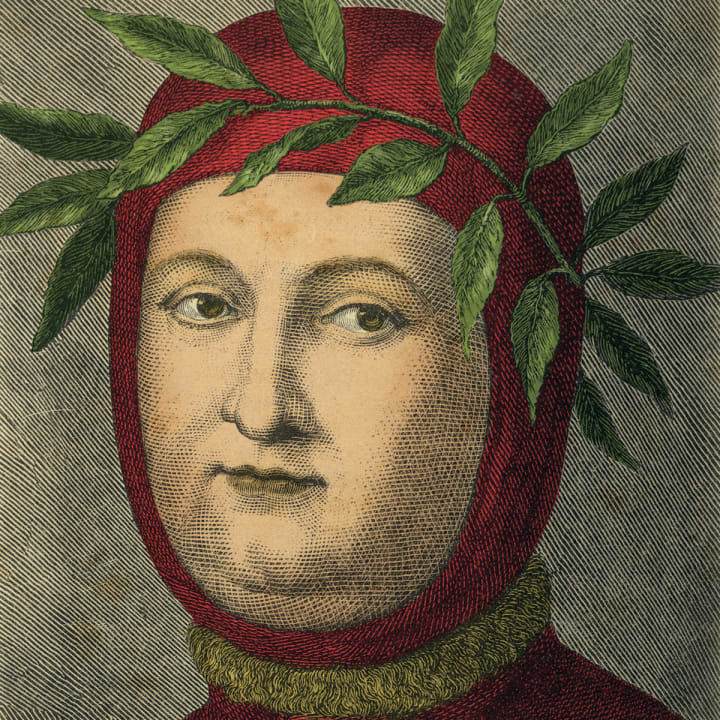
When it came to the Renaissance, each section had its own changes that were being made as a part of forming a new culture. First of all, people were starting to write in Italian as opposed to Latin and secondly, book printing had also started. Italian language books were beginning to be printed and the most of these were the seminal Ancient Greek and Roman texts that were considered precious to the ideas of Renaissance thought. The revival of the study of classical antiquity is usually referred to as ‘Renaissance Humanism’, the very first of these being the more Medieval styled trivium - the study of grammar, logic and rhetoric with the latter dealing with moral philosophies and ideas of literature and poetry. (Kristeller, 1979). The poet, Petrarch, was often dubbed the ‘father of humanism’ due to his collection of classical manuscripts and understanding of them. He is said to be the first of many to encourage the study of older manuscripts from these times and was apt at teaching classical virtues. (Hankins, 2019). The main idea was the individual and their emancipation from the group in order to think freely for themselves. In his text on Renaissance Humanism, critic Steven Kreis states on the topic:
“The writings of Dante, and particularly the doctrines of Petrarch and humanists like Machiavelli, emphasised the virtues of intellectual freedom and individual expression. In the essays of Montaigne the individualistic view of life received perhaps the most persuasive and eloquent statement in the history of literature and philosophy…” (Kreis, 2016).
Apart from its philosophies and context, the Italian Renaissance is probably best known for its art and architecture. Starting with the seminal painter, Giotto, classicism and three dimensional space was explored in various amounts of depth by varying painters and sculptors. He would go on to inspire the work of Leonardo Da Vinci and Michelangelo and stories would become central in giving art new life. (Gilbert, 2003). Using mathematics and classical antiquity, mythology and more, painters of the Italian Renaissance were fascinated by the different kinds of nature there were to explore and painting would rise on the economic scale throughout parts of Italy such as: Venice, Milan, Florence and Rome. Nature as a classical background and nature as an illusionary space were used in different parts of Italy to depict different stories on deep, meaningful and often incredibly symbolic scales. (Bayer, 2000).
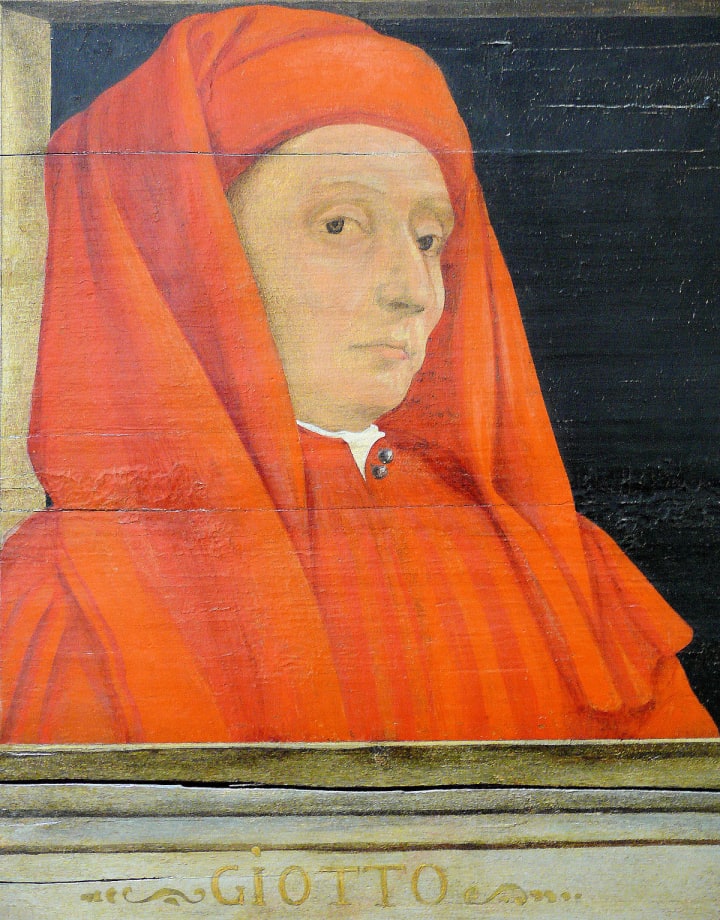
The beginnings of Italian Renaissance literature are often said to lie with Dante Alighieri, the poet and writer of The Divine Comedy in which classical antiquity is explored in extreme depth through character and theme, especially as Virgil - the Roman poet - is the guide for Dante through the three realms. Petrarch is also considered to be a large figure of Italian Renaissance Literature because of his very realistic love poems which were often written about very real women. This new realism and sense of emotion would often be considered to be sentimental by writers of the 18th and 19th centuries, but in the Renaissance, it shows us a brand new lease on the idea of life and how we love as human beings - yet another exploration of humanism. This would make extra way for the European idea of a troubadour court, though they were already around - they would become even more popular with Petrarch’s writings.
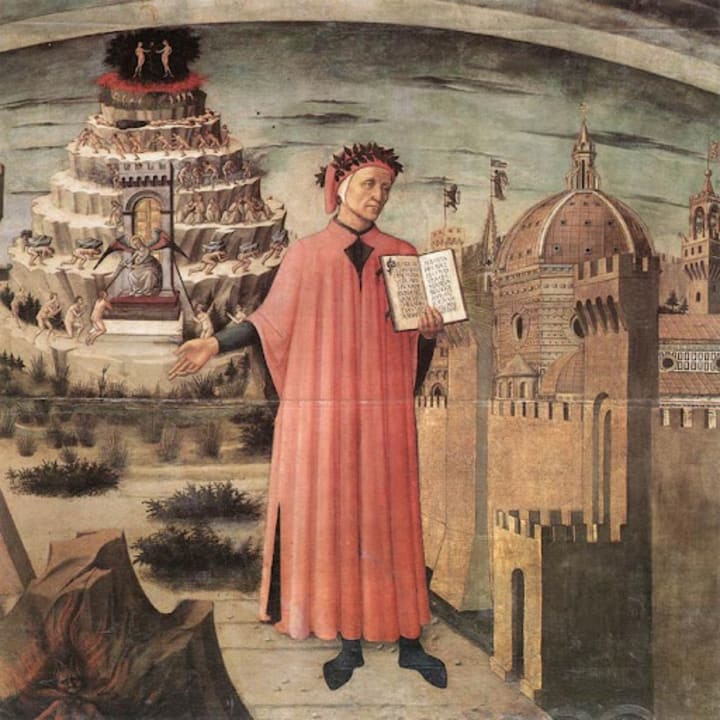
But apart from this type of writing, there was another. These were histories, treatise and other nonfiction works. Leonardo Bruni, famous for his writings on Dante Alighieri, is often called the first humanist historian and often wrote most of his histories concerning Florence. His History of the Florentine People would later make way for books like Lives of Artists by Vasari. He would also later go on to translate works of classical antiquity into Italian, these included the works of Aristotle. (Burke, 1908). When it came to nonfiction writings, Niccolo Machiavelli is also a name that appears towards the middle of the Italian Renaissance, publishing his controversial The Prince in 1532 in which there are twenty chapters dedicated on how a leader must gain and maintain power. Machiavelli’s works, including his Discourses on Livy are often considered to be historical observations blended into political works rather than the other way around. His artistic notion for telling the ‘story’ of political power is just part of why his works are still so famous today as a part of the subject of political theory.
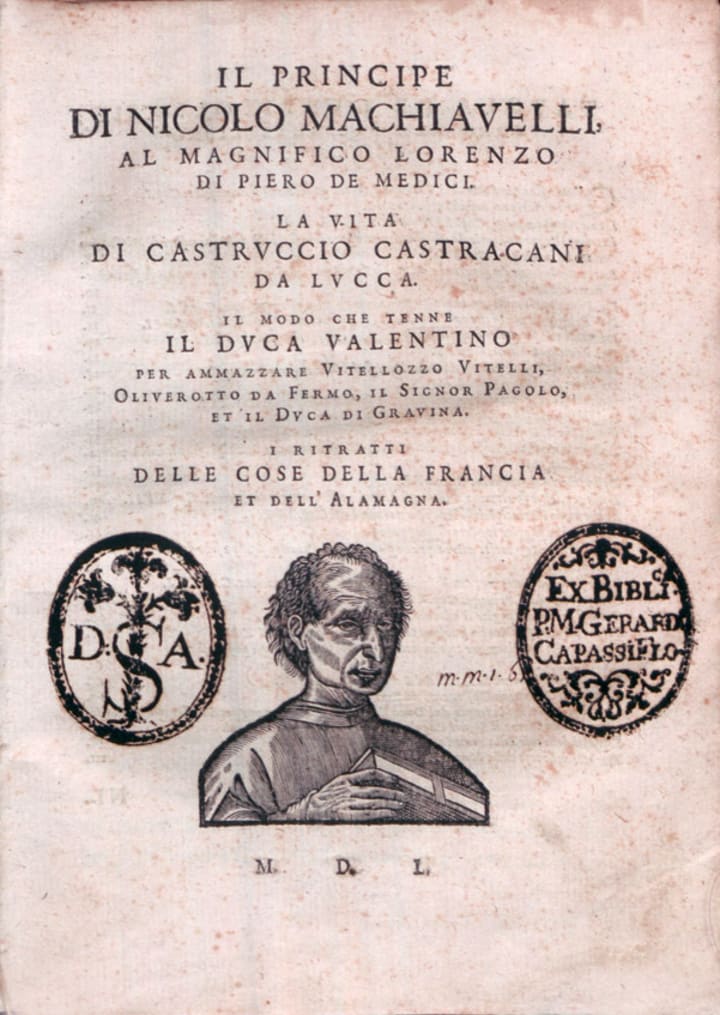
In the late 14th century, we have possibly the most famed part of the Italian Renaissance which is when Florence was under the rule of the Medici family. The Medici family would organise trade routes in and out of Italy and next, they would become the banking family of Europe also gaining the status of one of Europe’s wealthiest families. After the fall of the Byzantine Empire at the Fall of Constantinople in the 1450s, a number of scholars coming to the country meant more business for the Medici Family through patronage and the establishment of an academy. (Bernier, 1983). Lorenzo the Magnificent took charge of the family in 1469 and became an important patron of the arts having been one of the only members of the family to study under the humanist tradition of the time. When the papacy fell under the control of the two wealthiest families: the Medici and the Borgias, the Italian Renaissance grew and spread all over not only Italy, but the rest of Europe. It would become fully integrated into the lives of the ruling classes in the 15th century even though many of the artists of the Early Italian Renaissance were from lower and working class positions. Be that as it may, the Early Italian Renaissance artists born to poverty were socially mobile and spent time climbing up the ladder (Burke, 1999) - whereas, the integration of the 15th century meant that there was little requirement for this to happen anymore, making it more difficult than one hundred years’ before.
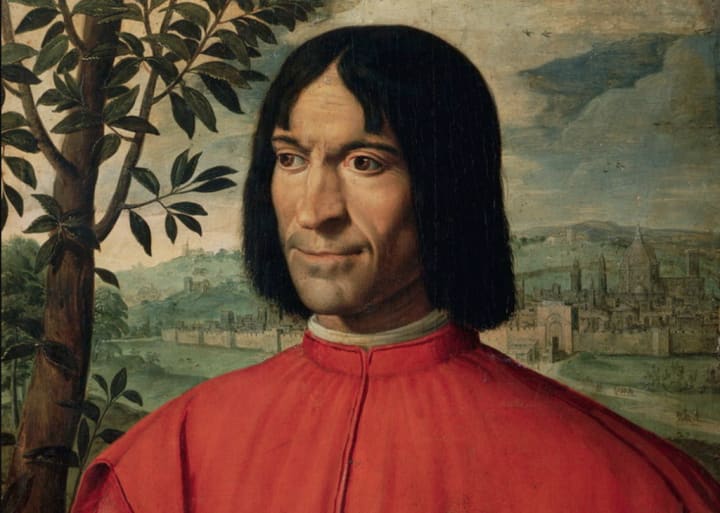
The downfall of the Italian Renaissance is marked quite neatly in history as running concurrently with the rise of Girolamo Savonarola, the man responsible for the infamous Bonfire of the Vanities in which even paintings by Sandro Botticelli are said to have suffered by burning. The decadence and aesthetic appreciation of the human form were said to be evils upon the soul and the gathering of support for Savonarola saw the Renaissance ideas beginning to come to an end. By the time he was executed in 1498, many an item of Renaissance importance had been committed to fire (Cast, 1979). When the Medici were eventually restored to power, it was clear that nothing was really going to be the same ever again. This marks not the downfall of the Renaissance but the push which was going to send it there.
For others, the downfall of the Italian Renaissance began with a style called ‘Mannerism’ which was also called ‘The Late Renaissance’ in which the 1520s saw not only the return of the Medici to full power but the artistic difference between the expressionist High Renaissance and the rigidity claimed to be that of the Mannerist era. Concerned more with presenting as art and not as a reference for life, concerned more with tension than with balance, and concerned more with its intellect than its beauty (Gombrich, 1995), Mannerism had turned the High Renaissance on its head and began towards the end that would mark a new era entirely for art when the Medici would finally fall out of favour, but possibly not out of power.
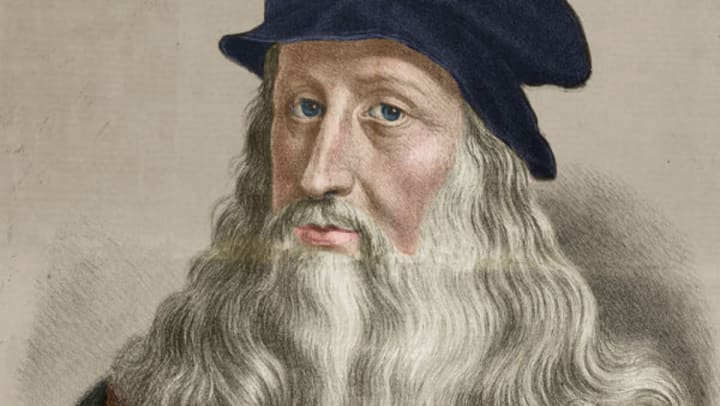
Another reason for the downfall of the Italian Renaissance may have been because of the Italian artists of the time moving out of the country for other places with Leonardo Da Vinci being one of the most popular to do so. Moving to France for some years of his life, there was a massive shift in French art which adopted the styles of the Italian Renaissance and so, Mannerism became part of the French artistic circles very quickly - as was the style of Leonardo Da Vinci. (Burke, 1999). When the trade routes in Italy therefore died down slightly and became less in demand than they once were, Europe was more cut away from Italy than it had been in the past and so, with those factors, the Renaissance began to collapse towards the end of the 16th century.
However, the legacy of the Italian Renaissance is loud and clear, Dante Alighieri’s The Divine Comedy was translated over sixteen times since the early 1800s into English (Cunningham, 1967) and thus, became even more widely read than it already was at the time of the Italian Renaissance, the paintings of Leonardo Da Vinci are still being poured over by millions upon millions of people and the Medici are still a research point for historians around the world who are desperately trying to learn how this family changed the face of Italy forever. The Italian Renaissance never really ended, it just stopped production - in terms of study, in terms of critical analysis and in terms of appreciation, it has kept going and will keep going for years to come.
Citations List:
- Bayer, Andrea. (2000) “Northern Italian Renaissance Painting.” In: Heilbrunn Timeline of Art History. New York: The Metropolitan Museum of Art
- Bernier, Olivier (1983). The Renaissance Princes. Stonehenge Press. p. 13
- Boccaccio, G. Nichols, J.G. (2009). Decameron. UK: Everyman.
- Burke, Edmund (1908). "Leonardo Bruni". In: Catholic Encyclopaedia. New York: Robert Appleton Company.
- Burke, Peter. (1999) The Italian Renaissance: Culture and Society in Italy. Princeton: Princeton University Press.
- Cast, David. "Review: Fra Girolamo Savonarola: Florentine Art and Renaissance Historiography by Ronald M. Steinberg". The Art Bulletin, Volume 61, No. 1, March 1979. pp. 134–136.
- Cunningham, G. The Divine Comedy in English: A Critical Bibliography, 2 vols. (New York: Barnes & Noble, 1965–67), esp. vol. 2, pp. 5–9.
- Gilbert, Creighton E. (2003), Giotto, Oxford Art Online, UK: Oxford University Press
- Hankins, J. (2019). Virtue Politics: Soulcraft and Statecraft in Renaissance Italy. USA: The Belknap Press of Harvard University.
- Gombrich, E.H . (1995). The Story of Art, 16th ed. London: Phaidon Press.
- Kries, S. (2016). Renaissance Humanism. Available: http://www.historyguide.org/intellect/humanism.html. Last accessed 27th Dec 2021.
- Kristeller, P. (1979) Renaissance Thought and Its Sources. USA: Columbia University Press.
About the Creator
Annie Kapur
200K+ Reads on Vocal.
Secondary English Teacher & Lecturer
🎓Literature & Writing (B.A)
🎓Film & Writing (M.A)
🎓Secondary English Education (PgDipEd) (QTS)
📍Birmingham, UK
X: @AnnieWithBooks
Enjoyed the story? Support the Creator.
Subscribe for free to receive all their stories in your feed. You could also pledge your support or give them a one-off tip, letting them know you appreciate their work.







Comments
There are no comments for this story
Be the first to respond and start the conversation.